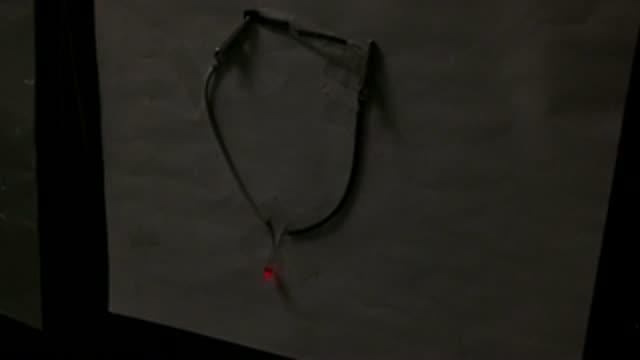They did it- this by adding a very thin plastic sheet around the whiskers and wrapping it around using a metal sheath (the second electrode) after generating nanowhiskers on it (the second electrode and outer covering). The layers were then glued together with a special gel. Because, of the insulationthe nanowhisker layer is insulating, the inner copper wire retains its ability to channel electricity, the layers around the wire independently store powerful energy.
In other words, Thomas and his team created a supercapacitor on the outside of the copper wire. Supercapcitors store powerful energy, like that needed to start a vehicle or heavy-construction equipment.
Although more work needs to be done, Thomas said the technique should be transferable to other types of materials. That could lead to specially treated clothing fibers being able to hold enough power for big tasks. For example, if flexible solar cells and these fibers were used in tandem to make a jacket, it could be used independently to power electronic gadgets and other devices.
"It's very exciting," Thomas said. "We take it step by step. I love getting to the lab everyday, and seeing what we can come up with next. Sometimes things don't work out, but even those failures teach us a lot of things. Still, I know how important getting out of the lab can be too. I won't be giving up those evening walks anytime soon. I get some great ideas during that quiet time."

Dr. Thomas and his team light an LED using energy stored in the outside coatings of an electrical cable.
(Photo Credit: UCF)

Jayan Thomas is a professor and scientist at the University of Central Florida.
(Photo Credit: UCF)
Source: University of Central Florida